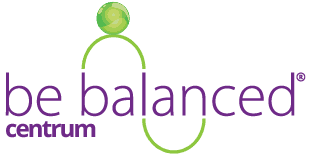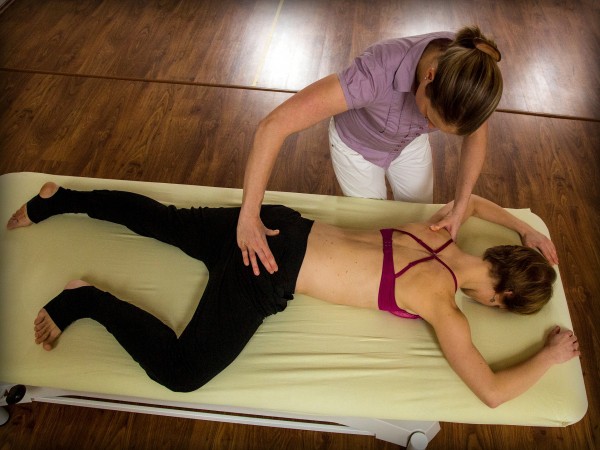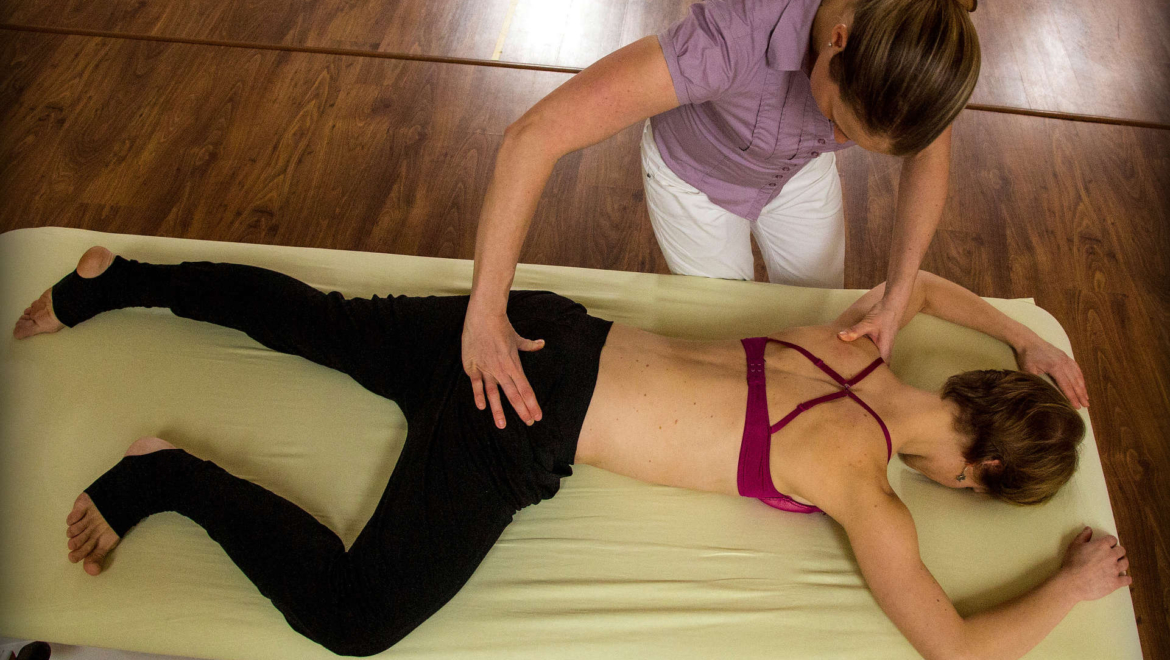Proč je metoda DNS (Dynamická neuromuskulární stabilizace) prof. Pavla Koláře tak úspěšná?
Snad každý zná jméno našeho špičkového fyzioterapeuta prof. Pavla Koláře. Traduje se o jeho zázračných rukách. Není to ale zázrak. On prostě ví a vidí víc. A i díky tomu sestavil terapeutický koncept či metodu založenou na mnohaletém pozorování a léčení pohybu miminek, dětí a dospělých zdravých i těžce neurologicky postižených. Na základě těchto pozorování a hlubokých znalostí zjistil, jak se vyvíjí a jak pracují pohybové programy, které máme všichni stejné, geneticky zakódované. Vznikla tak metoda, či lépe řečeno přístup, který funguje tak spolehlivě, až to vypadá, že zázračně.
Na čem je tedy metoda DNS, Dynamické Neuromuskulární Stabilizace založená?
Z názvu vypovídá, že se jedná o metodu určitého zjištění či zpevnění v dynamice, tedy v pohybu, a to na základě řízení nervové soustavy. Je to metoda, která neléčí primárně pohybový aparát. Léčí jeho řídící centrum, tedy mozek a jeho pohybové programy. Pokud ty jsou v pořádku, pak i tělo bude pracovat správně bez zbytečného přetěžování a vzniku předčasných degenerativních změn.
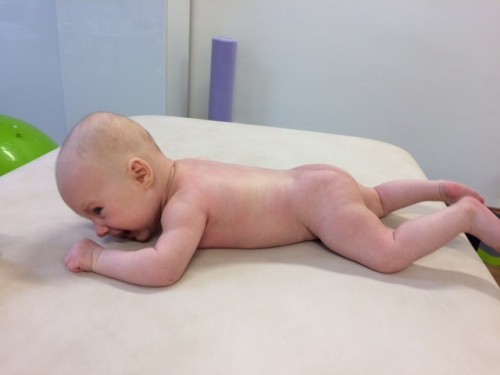
Metoda DNS vychází z vývoje nervové soustavy, z jejího zrání v prvním roce života. Novorozenec je zajat ve své svalové nerovnováze a neschopnosti zajistit své tělo tak, aby se mohl třeba napřímit a provést nějaký cílený pohyb. Zráním mozku a spouštěním pohybových programů se tyto funkce postupně přidávají, až okolo jednoho roku života se dítě může zvednout na dolní končetiny a zvládnout takovou nestabilní situaci jako je chůze. Může také zvednout ruku, přiblížit ji k předmětu zájmu a cíleně ho uchopit. Ještě bude ale samozřejmě dlouho trvat, než zvládne i koordinačně složitější úkony, ale nutný základ pro ně má vytvořený. Zdá se nám to jasné. Tak jednoduché to ale není. To, že se dítě postaví, ještě nevypovídá o kvalitě jeho stoje, chůze, pohybu v kyčlích, zpevnění v trupu apod. Klíčové právě je, aby se pohybové programy spustily ve své plné kvalitě. To pak rozhodne o tom, jestli budeme mít rovná nebo „kulatá“ záda, skoliózu nebo nohy do X. Také to ale rozhoduje o tom, zda budeme mít v dospělosti bolesti zad, výhřez ploténky v krční nebo bederní páteři, či artrózu v kyčli.
Pohyb totiž formuje naší kostru, kterou máme v mládí měkkou a dobře tvarovatelnou. Když se dobře nezapojí hluboké svaly břicha v prvních třech měsících života, bude mít pak ten člověk vystouplá spodní žebra dopředu. Když se nezapojí dobře břicho v koordinaci se zádovými svaly, bude mít zase kulatá záda. Pokud se svaly zapojí na jedné straně hůře než na druhé, může dojít třeba ke špatnému postavení v kyčli a její předčasné jednostranné degeneraci.
Na pohybově zdravém dítěti můžeme sledovat, jak by měl pohyb ideálně probíhat a jaké postavení v kloubech by při něm mělo být. To pak můžeme aplikovat i u dospělých. Zkusíme třeba, jak dospělý s bolestí kolene je schopen stát na jedné noze, či udělat dřep. Nebo jak pacient s výhřezem ploténky v bederní páteři dýchá. To porovnáme s ideálním koordinovaným pohybem. Vždy je pak jasně patrná odchylka od ideálu, která potíže způsobila. Z toho pak vyplývá i naše léčba. Musíme změnit pohybový stereotyp, tedy zapojení svalů třeba při dýchání, chůzi či nošení břemen.
Jak vznikají bolesti páteře, zad a ostatních částí pohybového aparátu?
Ne všechny pohybové potíže ale vycházejí z chyby ve vývoji v prvním roce života. Některé vzniknou později třeba jednostranným přetěžováním – sportem nebo dlouhým sezením. Vždy také vzniknou následkem úrazu. Když si zlomíte nohu, nebo přetrhnete přední křížový vaz, začne ji mozek nejprve chránit nadměrným stahem svalů a později bude tuto oblast vyřazovat z funkce. Vzniká svalová nerovnováha. Zajímavé je, že máme vždy tendenci spadnout do stejného typu svalové nerovnováhy. Vypadávají z funkce svaly, které se ve vývoji zapojily později a převažují ty, co měl novorozenec. Proto na začátku i na sklonku života vypadáme podobně. Začneme se hrbit, ramena a kyčle ztrácí svůj rozsah a jdou do pokrčení a vnitřních rotací. Stejně tak i poraněná končetina ztrácí svou plno kvalitu vzpřímení, tedy nebude nás dobře držet při stoji. Paradoxně pak prvotní úraz, který je dávno zahojen, bude příčinou degenerativních změn kloubů dané končetiny.
Léčba fyzioterapií
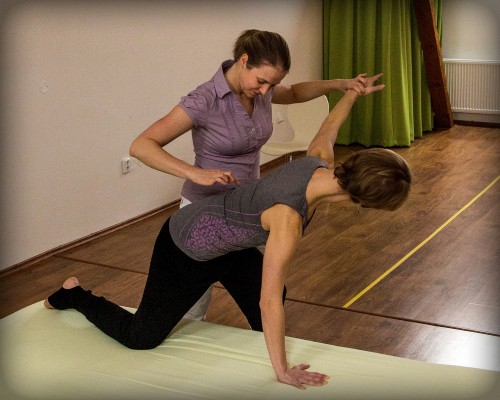
Léčba tedy probíhá tak, že terapeut sleduje, jak se pacient přirozeně pohybuje, jak provede stoj na jedné noze, jak dýchá, zvedá paže, či jak se opře o ruce. Na základě toho stanoví, kde jsou odchylky a co je hlavním zdrojem těchto odchylek. Dle toho je pak nutné vybrat tu polohu či pohyb z vývoje, ve kterém se svaly aktivují v potřebné koordinaci. Pacient pak musí cvičit i sám, nemusí tím ale strávit příliš času. Pokud je terapie/cvik opravdu dobře zacílen, stačí zpravidla třeba jen tři cviky, které mohou zabrat patnáct minut. Potíže by pak měly poměrně záhy mizet, či se alespoň zmírnit po cvičení. To neplatí v případě akutního výhřezu ploténky, kdy je potřeba cvičit po určité období velmi intenzivně.
Když dva dělají totéž, není to totéž, aneb kdy je metoda DNS účinná
Aby metoda DNS dobře a rychle fungovala je k tomu ale potřeba terapeut s dostatečnými znalostmi a cítěním. Tato terapie často sklouzne k tomu, že se vleže na zádech a zvednutýma nohama cvičí „dýchání do břicha“. Metoda DNS ale zahrnuje velmi širokou plejádu poloh a cviků a lze v ní velmi pestře variovat dle individuálních potřeba pacienta. Pokud tedy tato metoda u někoho selže, troufám si říci, že to není metodou, ale její nesprávnou aplikací.
V DNS se tedy pohybem léčí pohyb. Pacient je veden k tomu, aby nebyl pasivním příjemcem terapie, ale aby se na ní aktivně podílel, učil se vnímat své tělo a zacházet s ním. Pacient je veden k tomu, aby nad svým tělem získal vládu. Není to tedy terapie, která by vytvářela závislost na terapeutovi. Terapeut je pro pacienta průvodcem na jeho cestě za sebepoznáním.
Mgr. Dagmar Lisá
